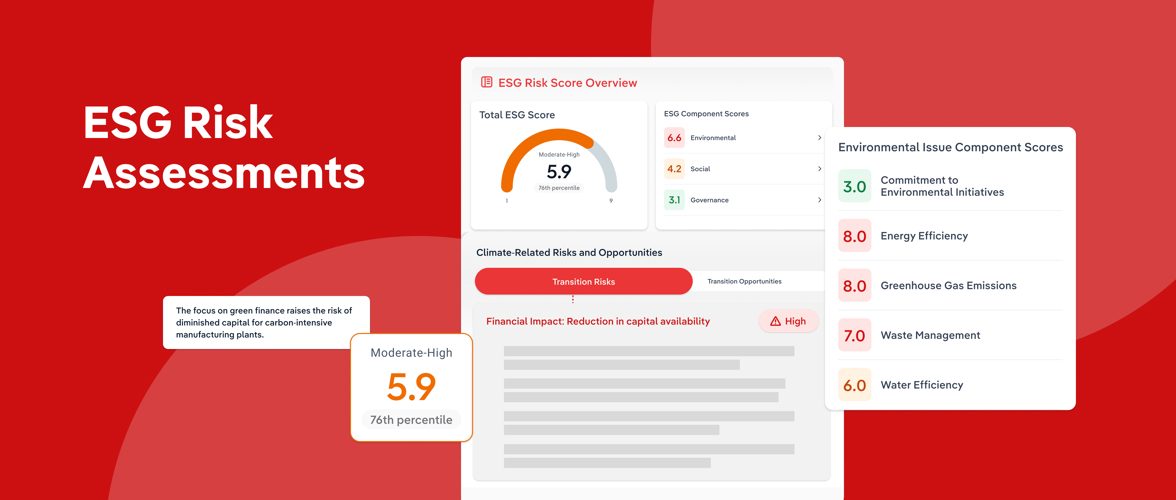What is Total Addressable Market?
Total addressable market (TAM) is the total demand for a specific product or service. It represents the cumulative dollar amount buyers are willing to pay for something. TAM is a useful measure of business potential and the broadest you can go in terms of market sizing.
Why Does TAM Matter?
Calculating TAM is an important first step in crafting a business strategy because it sheds light on potential market opportunities. You can find opportunities by using TAM in conjunction with market share to see if a portion of the market is underserved. Or, you can use TAM with an industry forecast to help shape the outlook portion of a business plan.
Overall, TAM is a great place to start because it is such a universal stat that can be built on or derived from when outlining a new venture.
Market Share vs. Total Addressable Market
Typically, the larger the TAM, the greater the opportunity to claim a portion of that market. That claim would be referred to as your market share. An easy way to place market share in the context of TAM is to think of market share as a slice of pie and TAM as the pie itself.

How to Calculate TAM
There are two approaches to calculating TAM: bottom-up and top-down. An easy way to picture this is to think of a pyramid approach (bottom up) and inverted pyramid approach (top down).
Bottom Up Approach
A basic bottom up calculation would be the product of buyers in the market and how much they spend on average:
TAM = (# of market buyers) x (average purchase price)
This is bottom up because we’re starting with the bottom of the supply chain, which is the consumer. Think of it as the final destination for a product or service.
Top Down Approach
In a top down approach we’re looking at a big picture and zooming in to find TAM. A basic top down approach could be:
TAM = (initial dataset) x (market identifier(s))
This is just one way of approaching TAM from a top down perspective. For example, to find the TAM for women’s running shoes, an initial approach could be:
TAM for women’s shoes = (total shoe sales) x (% female population)
This example shows how a dataset can be broken down into more insightful segments using market identifiers, in this case gender.

Looking for more information about how industry research can help you make smarter, faster business decisions? We'd love to hear from you! IBISWorld offers tailored corporate memberships for any budget and any type of organization including large and small companies, universities and government agencies.









